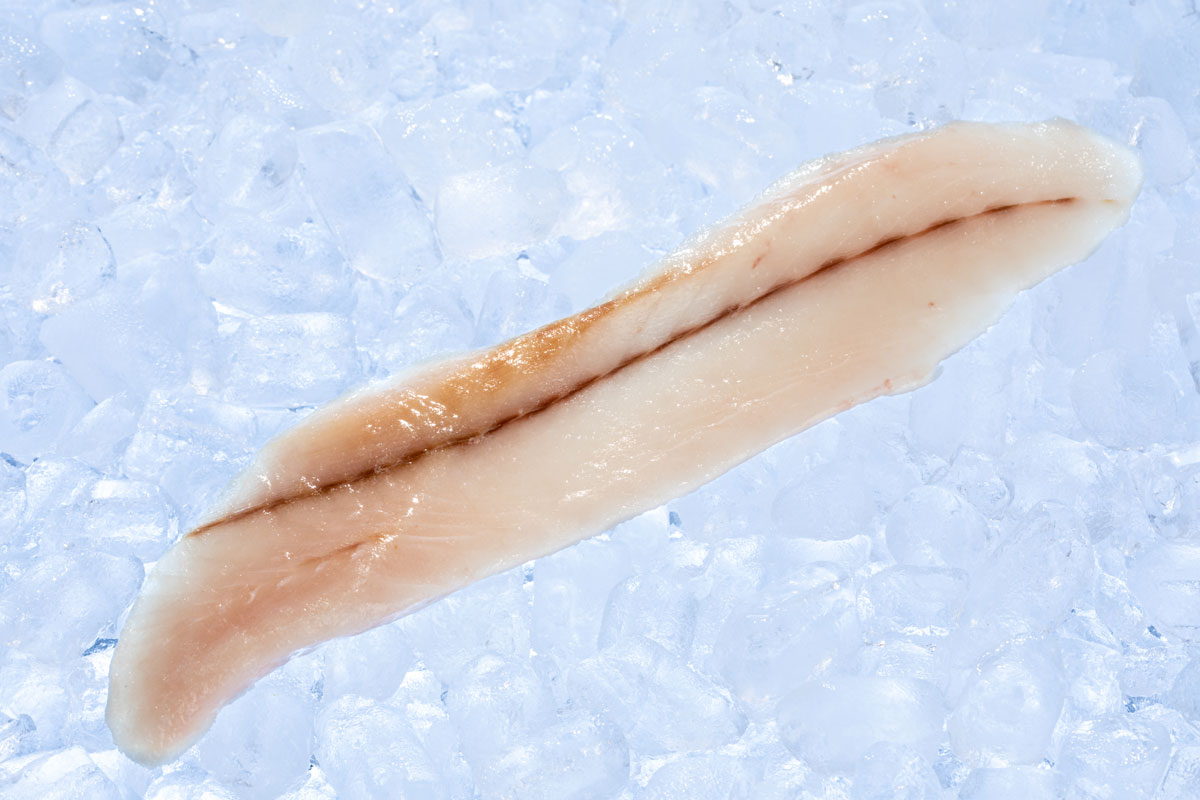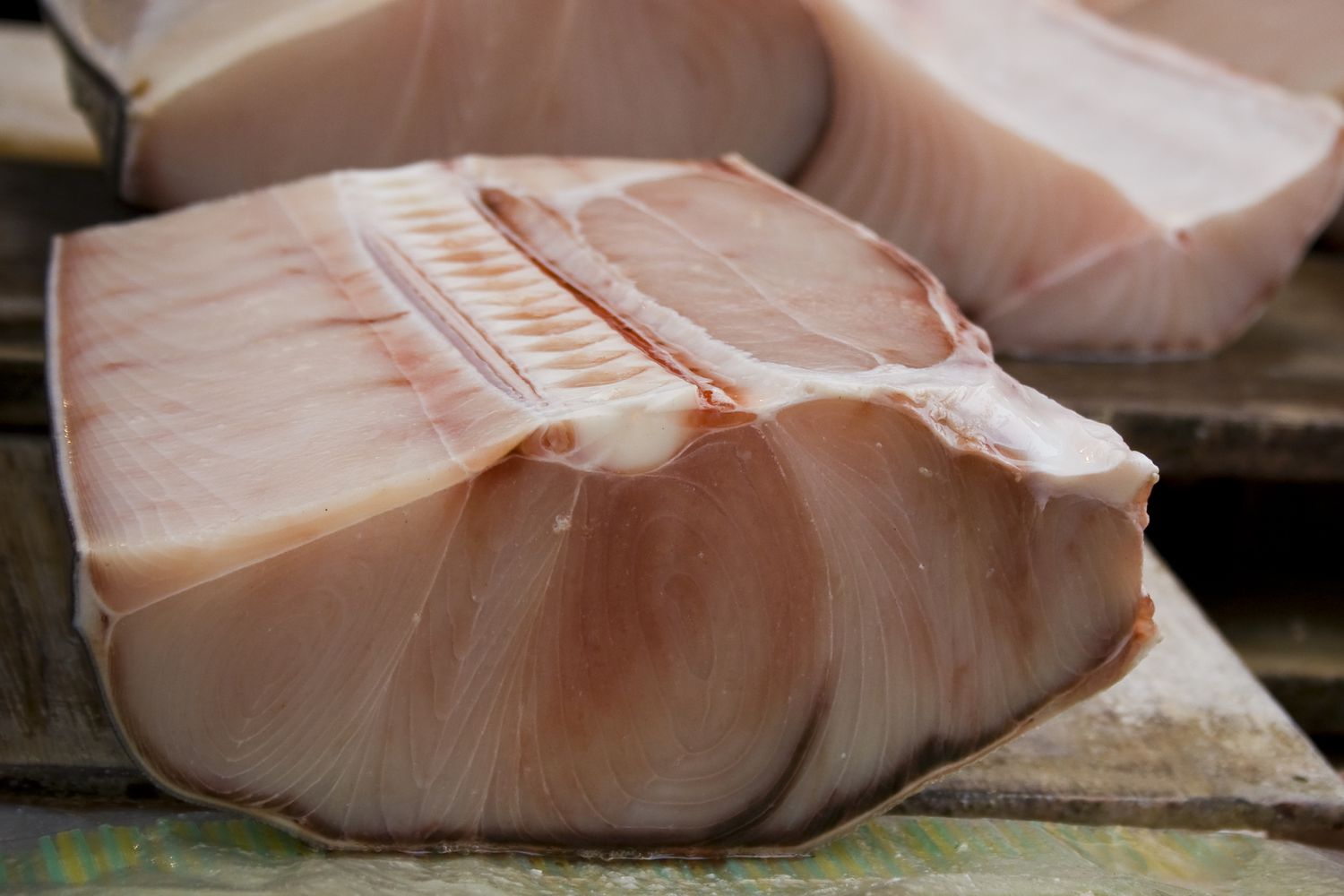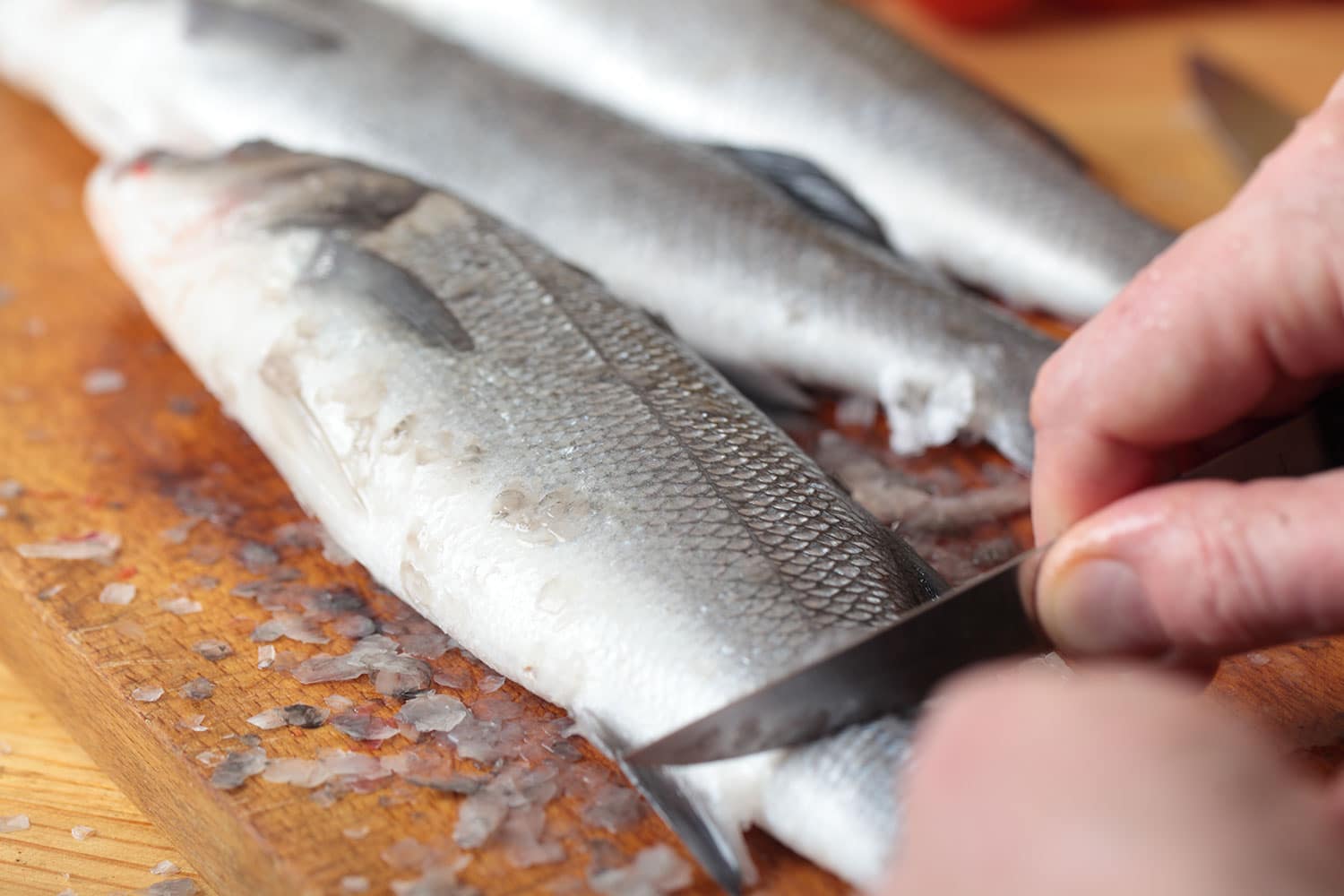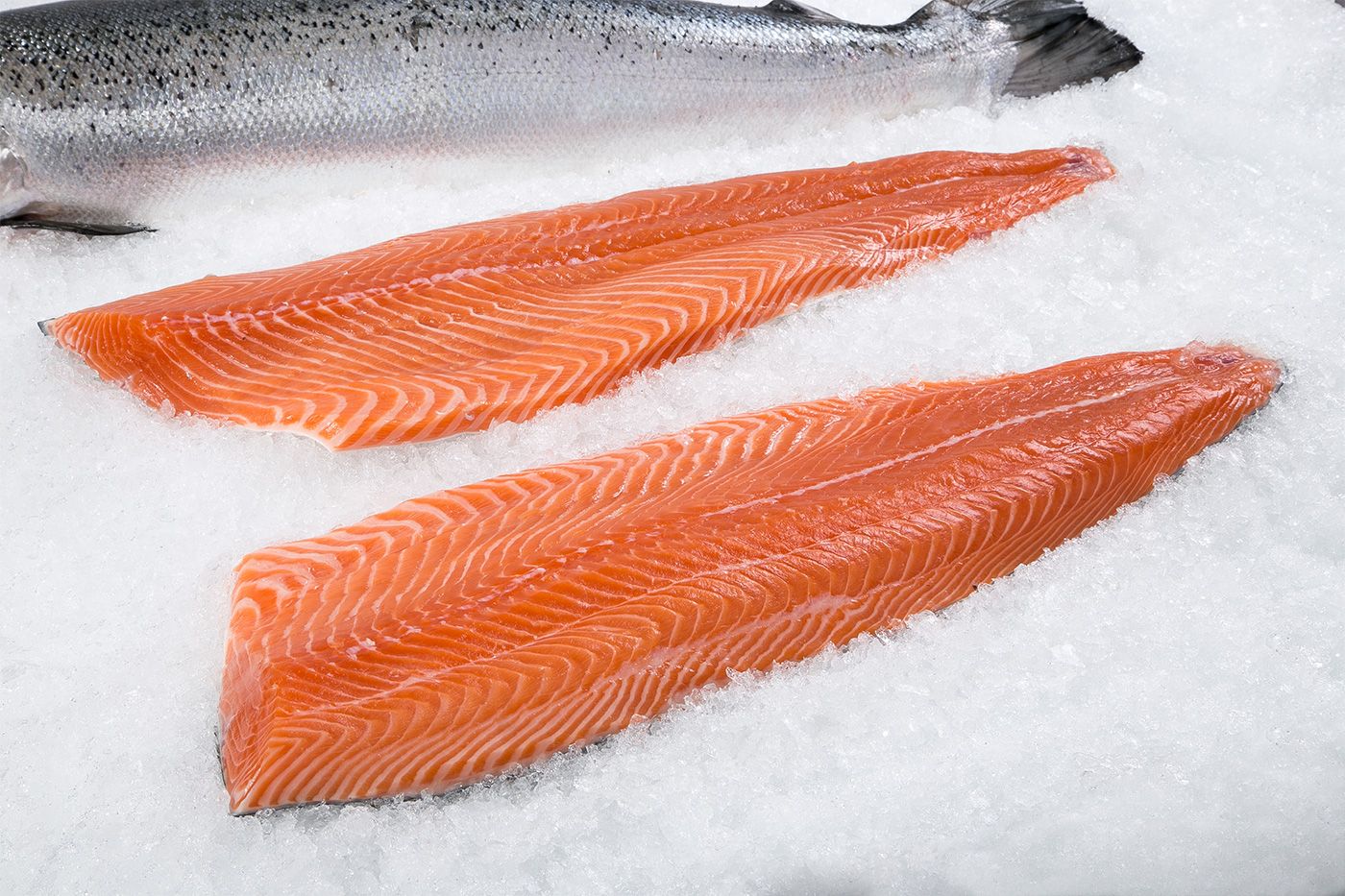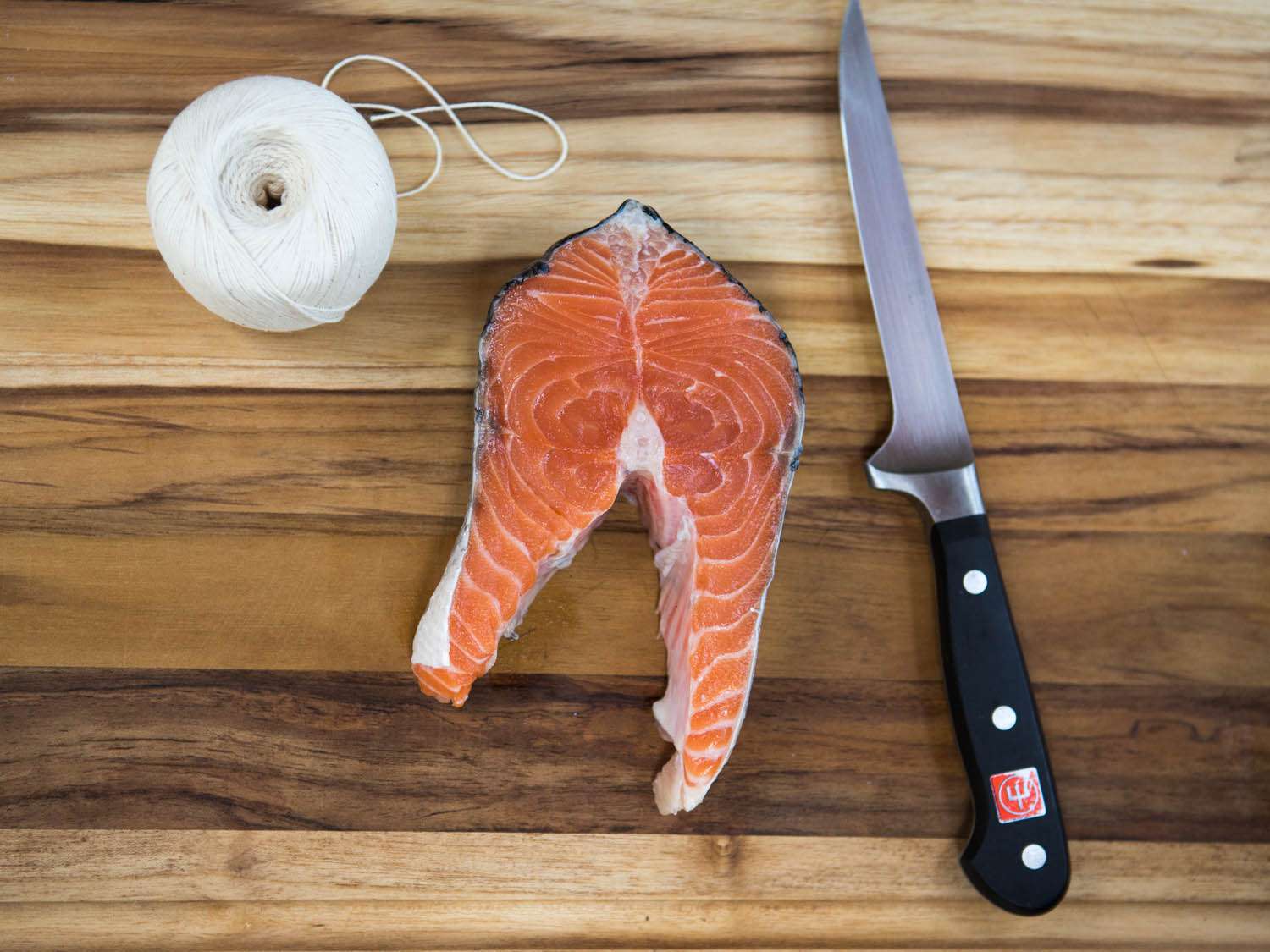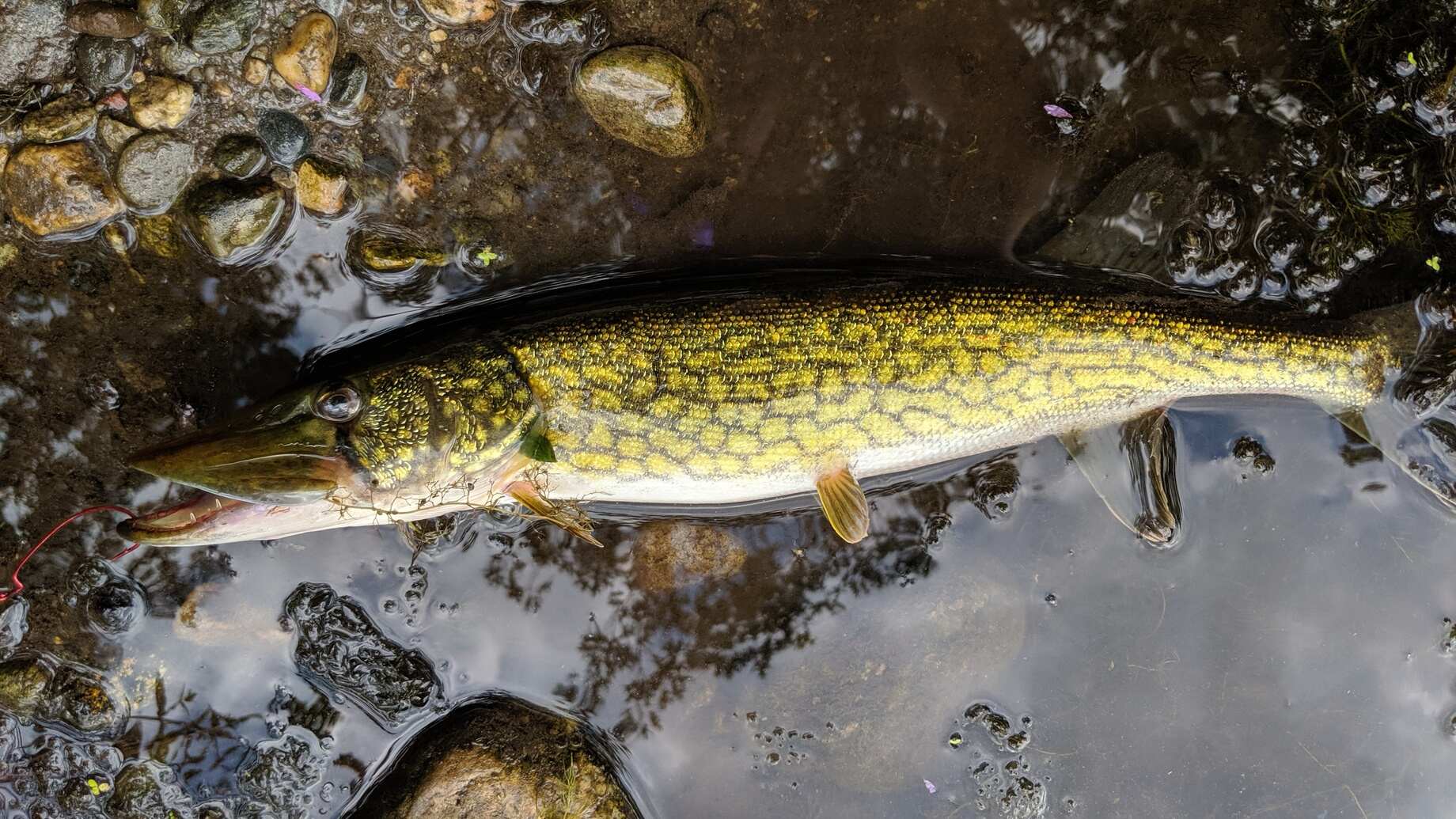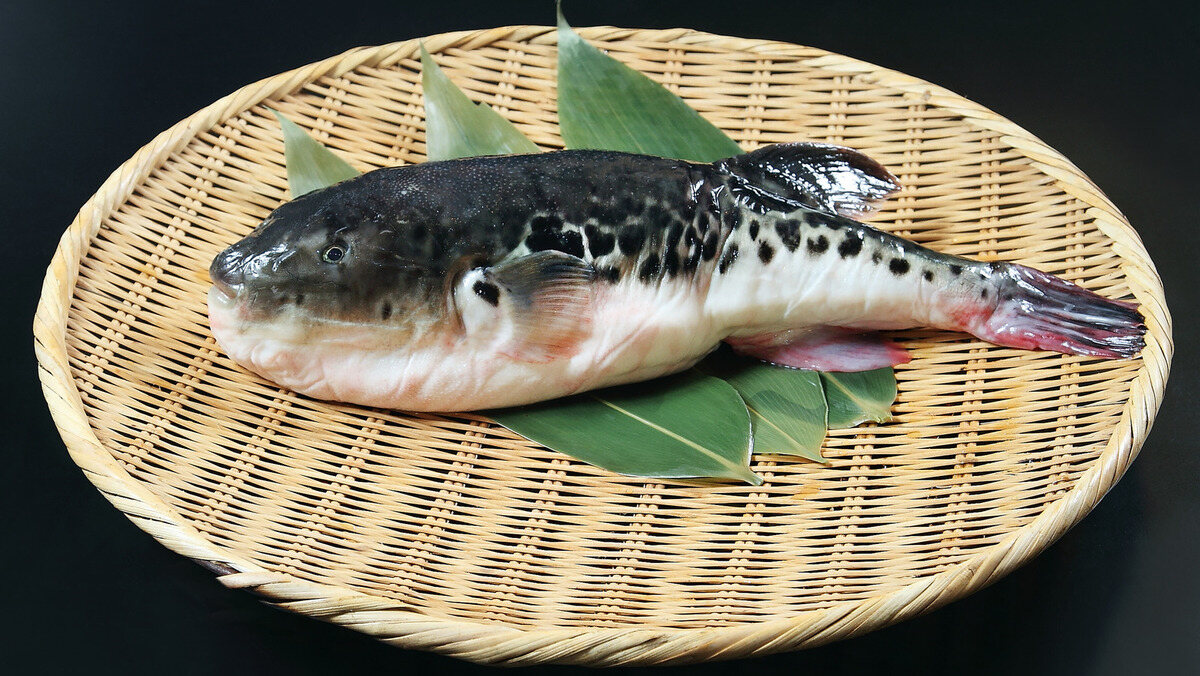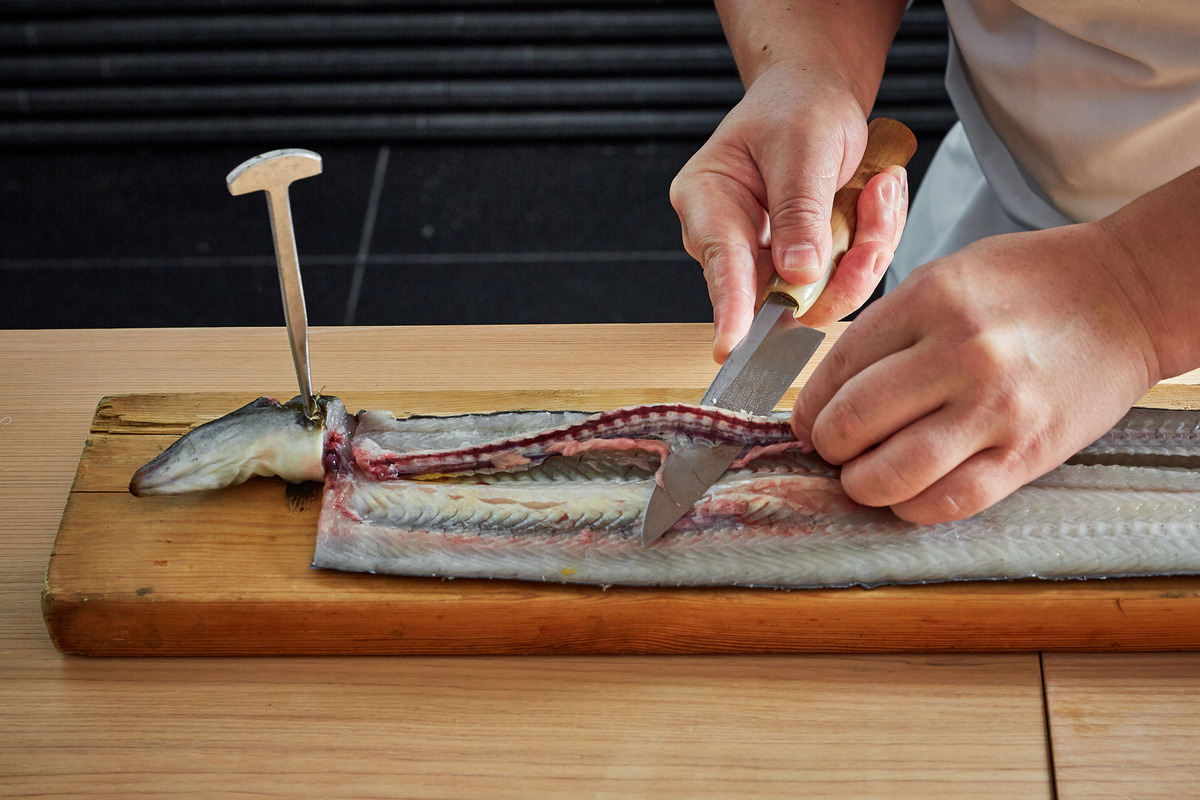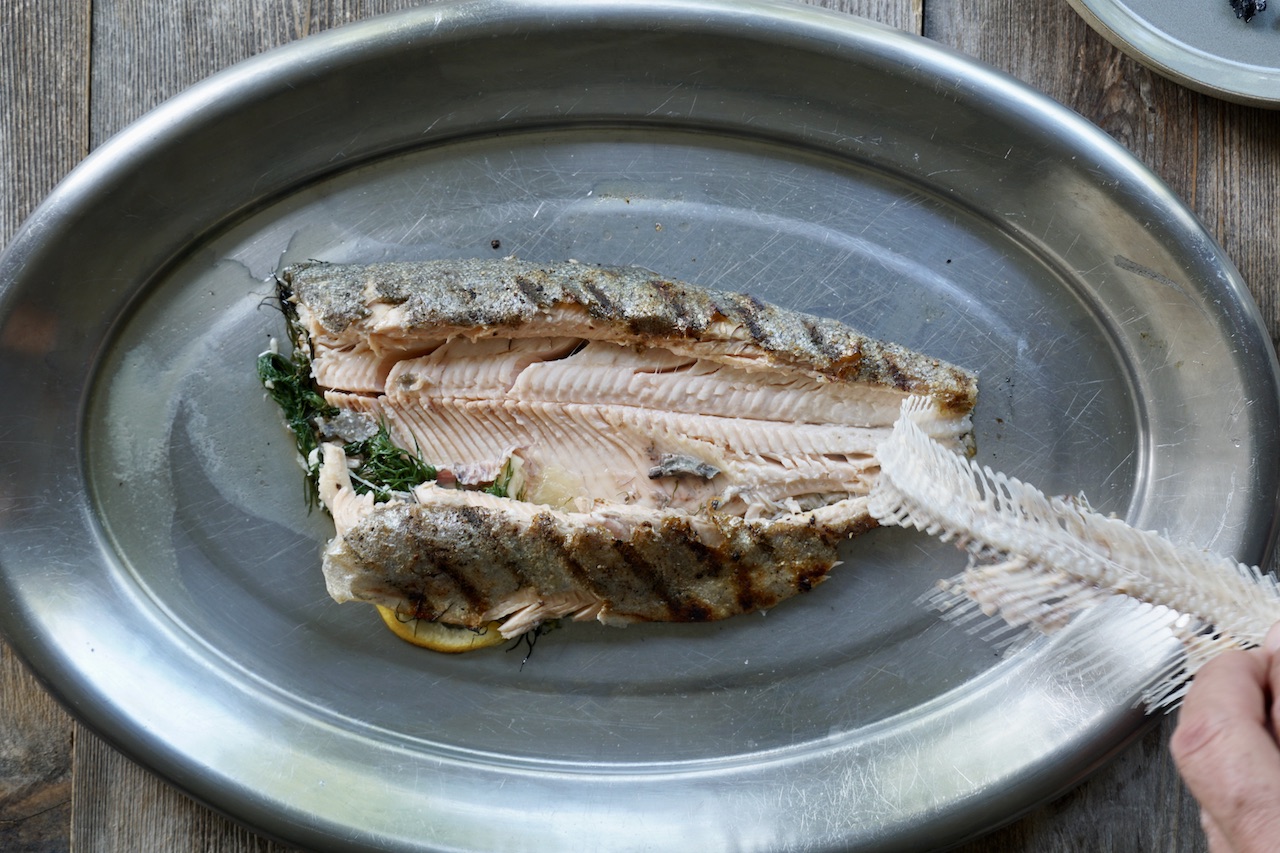Leopard sharks are a popular catch for many anglers, and knowing how to properly fillet them can make the difference between a delicious meal and a frustrating experience. With their unique skin pattern and mild flavor, leopard sharks are a prized catch for both recreational and commercial fishers. In this guide, we'll walk you through the steps to fillet a leopard shark so you can enjoy its tasty meat to the fullest.
What You'll Need
Before you get started, gather the following tools:
- Sharp fillet knife
- Cutting board
- Pliers
- Gloves (optional)
Step 1: Prepare Your Work Area
- Find a clean and spacious area to work on. Make sure your workspace is well-lit and free from any distractions. Lay down a clean cutting board to provide a stable surface for filleting.
Step 2: Secure the Shark
- Lay the leopard shark on the cutting board with its belly facing up. Use pliers to secure the shark's head and tail to the cutting board, ensuring it doesn't move around during the filleting process.
Step 3: Remove the Head
- Using a sharp fillet knife, make a diagonal cut behind the shark's gills to remove the head. Discard the head or save it for making fish stock.
Step 4: Make the Initial Cut
- Starting from the top of the shark, make a deep incision along the dorsal fin, running all the way down to the tail. Be sure to cut through the skin and flesh while following the natural contours of the shark's body.
Step 5: Skin the Shark
- With the fillet knife, carefully separate the skin from the flesh by sliding the blade between the skin and the meat. Work your way from the top down to the belly, ensuring that you remove all the skin from the fillet.
Step 6: Remove the Rib Cage
- Locate the rib cage along the fillet and use the fillet knife to carefully cut along the bones to remove the rib cage from the meat.
Step 7: Trim and Clean the Fillets
- Once the fillets are removed, inspect them for any remaining bones or scales. Use the fillet knife to trim off any excess fat or remaining bones to ensure that the fillets are clean and ready for cooking.
Step 8: Rinse and Store
- Rinse the fillets under cold water to remove any debris or remaining scales. Pat them dry with a paper towel and store them in airtight containers or vacuum-sealed bags for freshness.
By following these steps, you can successfully fillet a leopard shark and prepare it for a delicious meal. Whether you choose to grill, bake, or fry the fillets, you'll be able to enjoy the mild and flavorful meat of the leopard shark. Remember to always practice proper fish handling and sanitation to ensure the safety and quality of your seafood. Happy filleting and bon appétit!
Readers looking to try their hand at filleting a leopard shark will find a variety of recipes to test their skills and enjoy the delicious results. For a refreshing and zesty dish, they can try the Grilled Lemon Herb Leopard Shark Fillets for a burst of citrus and herb flavors. Another savory option is the Pan-Seared Leopard Shark with Garlic Butter, which brings out the rich taste of the shark with a simple but mouthwatering garlic butter sauce. Those who love a bit of spice might enjoy the Blackened Leopard Shark Tacos, which are perfect for a quick and flavorful meal. For a comforting classic, the Leopard Shark Fish and Chips is a must-try, offering a crispy, fried delight. The Coconut Curry Leopard Shark provides a creamy and aromatic twist, blending the shark with rich coconut and curry spices. If they are in the mood for something more elegant, the Leopard Shark Piccata, with its tangy caper and lemon sauce, is a sophisticated choice. And for a sweet and savory combination, the Teriyaki Glazed Leopard Shark Fillets offer a deliciously sticky and umami-rich experience.
